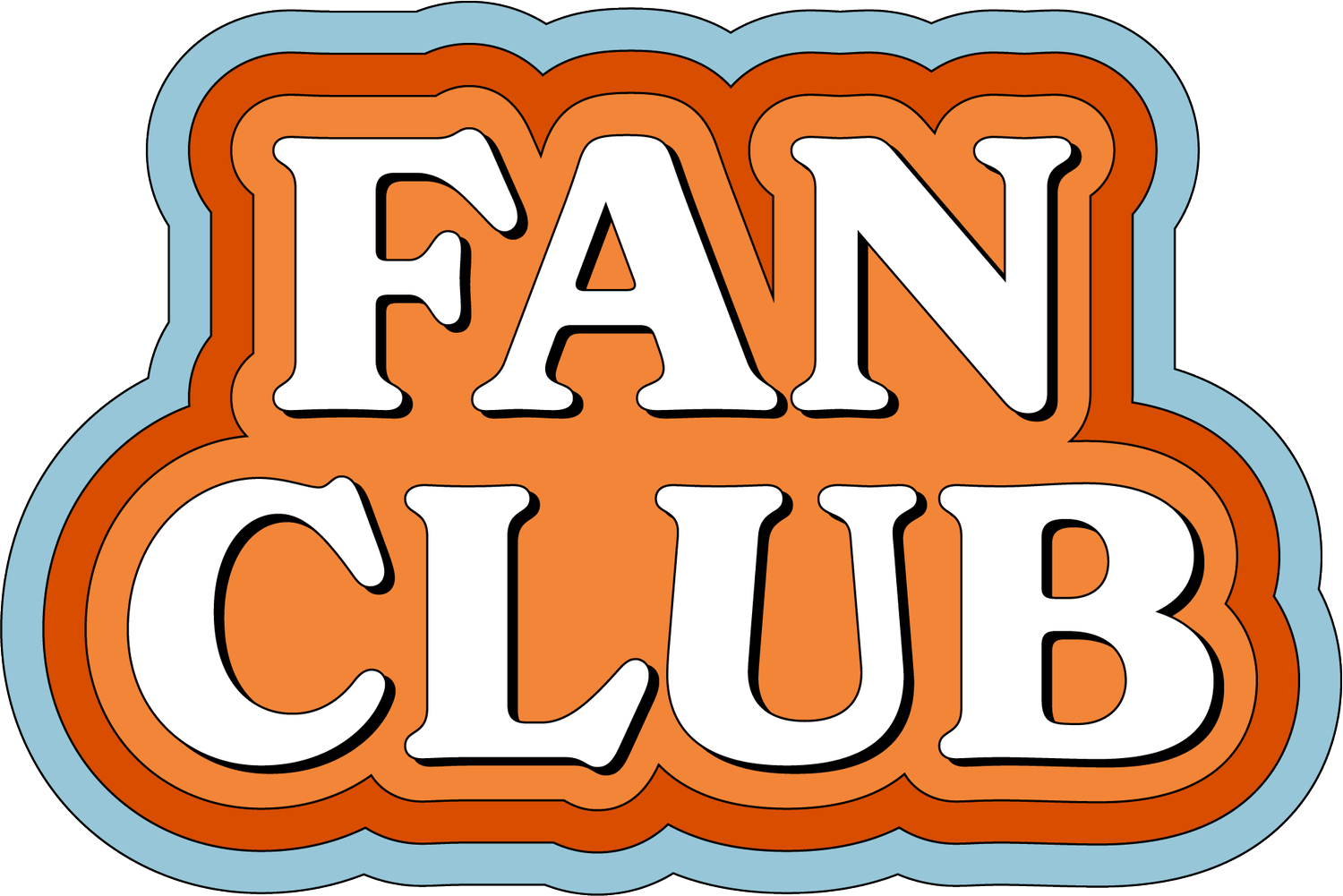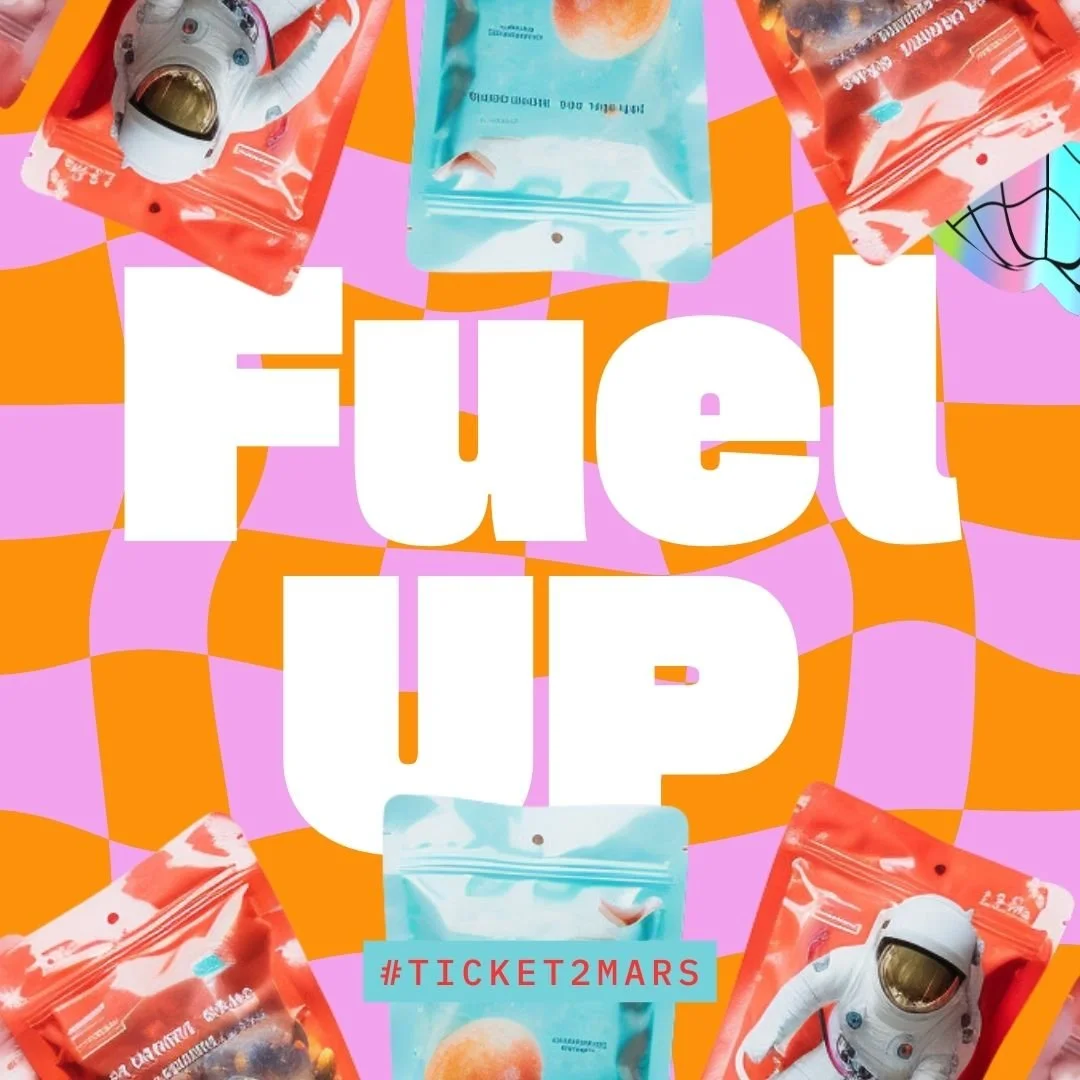The Top 7 Items On Any Brand Identity Checklist
Using a visual brand identity checklist is mandatory if you hope to get it right. Why? Because standing out can seem almost impossible these days. I mean take a look. There are so many people out there who claim to do just what you do. So many people who are throwing all their money at convincing your customers that they’re better than you.
Go for a TKO by creating a visual brand identity that would make Muhammad Ali stop mid match and drool.
At FanClub brands we’ve been doing just that for more years than we have fingers and toes combined. We’ve worked with heavyweight brands like Liquid Death, Miller Knoll, and Johnson&Johnson. And we’ve worked with featherweight brands like Bolton Co., Heirloom Events & Design, and Blue Sky Consulting. We know what it’s like to take up space and own it. Which is why we created this free brand identity checklist to help you get it right—the first time.
We’re not going to make you go fish—
here is your free brand identity checklist
We’re not the “put the milk in the back” kind of people. Time is short and it’s getting shorter by the second—or so it feels.
Give this brand identity checklist template to your designer to make sure you’re getting the most out of your money. Now, as an agency who offers brand identity design, we would be shooting ourselves in the foot if we didn’t mention this one thing.
Not all aspects of this checklist are 100% necessary or needed in order to have a successful brand! Phew—now we can shake that off. This is why it’s so important to work with a brand and design strategist. A strategist will be able to leverage data from your competition, your customer profiling, and your brand strategy to determine the best-right assets to develop on behalf of your brand.
Happy designing friends!
1. Logo(s)
A logo you’d have tattoo’d where the sun shines
A logo is the visual representation of your brand. It means something. It piques curiosity. It feels like home.
It’s important to work with a designer who understands how important a logo is to your brand. Someone who can work with you to understand how you’re going to leverage it (from a t-shirt to a website) and then will provide responsive options to fit those needs.
We love a good logo. Here is one of our favorites responsive logo sets that we’ve designed recently.
2. Typography
How to leverage typography to make every word as sexy as Madonna in the 80s
Typography (or fonts for the non-designer folks) is such a key element of your brand identity checklist. Yet, it’s one of the things that people don’t take into consideration when designing your brand. I mean—you’ve been using Ariel and Verdana for years and have gotten away with it.
Typography is a statement as much as it is an accessibility consideration. It adds to the overall visual tone of your brand while also taking into account its different use cases. We’ve all come across a thin black font on a stark white screen and had a brain aneurysm trying to read it—let’s not repeat that here.
Make sure your designer is thinking about header fonts as well as body fonts. Having some options of different fonts that work well together allows you to have more depth and creative play.
3. Iconography
Help! I'm seeing signs! Iconography at a glance.
Icons can be used in a few different ways.
The most iconic icons that we all know and love (even if you love-to-hate them) are the Nike swoosh, lululemons stylized A, Apples apple, Mailchimp's monkey head, and McDonalds golden arches. They are something that you can leverage in your brand to let your audience know it’s you without saying it. So clever.
The other icons that can be useful for your brand are sub-icons that are used to help communicate. Like an arrow that you would use to get someone to click a button.
See what we mean #shameless plug
4. Color
Color’s a vibe, man
From the absence of color to a Pride parade—our eyes go GaGa for color. It’s the glue that helps to bind all of the other brand assets together. It portrays moods. It guides people. It evokes emotion. It’s one of the non-negotiable parts of your brand identity checklist.
Here are a few of our favorite color palettes that we created for our clients. Some were used, some weren’t—we love them all just the same.
5. Textures
Textures that would make Charlie Day chain smoke
When color isn’t enough to get your visual messaging and vibe across—lean into textures.
Like a crime scene detector, a texture can help your audience connect the dots between your logo, icons, color, and imagery that sometimes can be hard to do depending on your brand. It’s like Lawry’s Seasoning Salt when cooking—it really kicks things up to 10.
This can be anything from a static filter on your photos to a kind of pattern that you could almost wear. Flower power anyone? 🌼
This is one of those negotiable elements on your brand identity checklist. Not all brands need them nor does it make sense to have them. Talk to your design strategist to see what’s going to be best for you.
6. Imagery
Why use words when an image can say it all?
Images are the window to the soul of your brand. From a B2C product oriented brand to a B2B service oriented brand—images are so important.
Images tell a story and guide someone to a subconscious decision before they read a single word. However, good imagery can be hard to acquire. Because it can be expensive.
For those that can’t afford a full on branded photoshoot with models, lighting, and editing—work with your designer to generate images with AI. It will allow all of your images to have a consistent feel and look without spending tons of money licensing the same images that everyone else has from Adobe Stock.
For those that want a photoshoot or need one (#productshoot)—we can help you. Reach out to us so we can help you generate photos that look just as good as this shoot we did for Sarah Marie Miller.
7. Templates
The best meals use all the best ingredients—now serving brand templates
A logo on its own is just a logo. A color palette on its own is just a bunch of pretty colors. Once all of your key brand identity elements are complete, have your designer use them to create branded templates so you can get to marketing asap.
Some ideas for templates can be social media carousels, email signatures, thank you cards, newsletter templates, or even business cards. Psst — do people use business cards anymore? Asking for a friend.
Here are some examples of templates we’ve made for our clients to help them activate their brand with ease.
There are so many things to think about when it comes to developing and designing a brand that makes you (and your customers) want to scream from the rooftops with joy. Having a brand identity checklist allows you to advocate for what you want. Doing this ensures that you and your designer will be happy by the end of it.
Does your brand have all the assets it needs to stand out? Is your visual brand identity in alignment with your brand strategy? Does it differentiate yourself from your competition? Let us be the judge of that—talk to us about our brand audit.



























